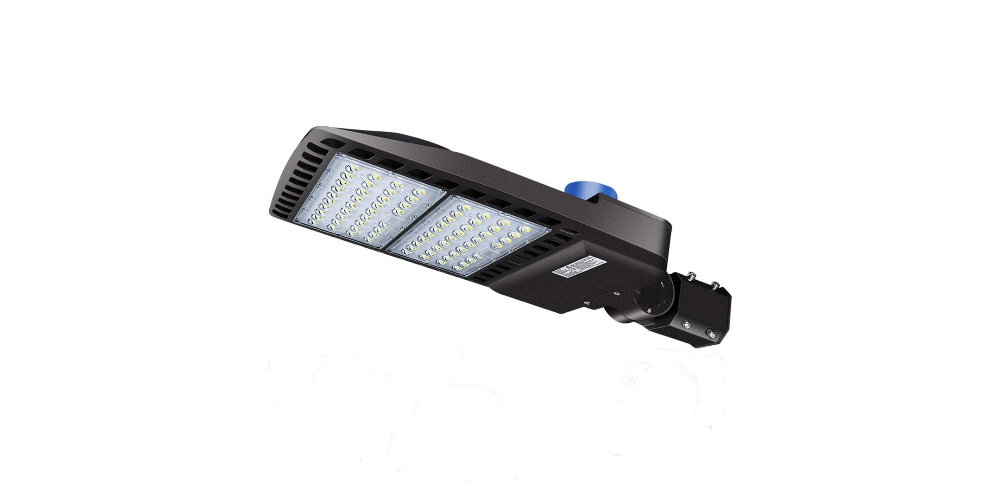Rosalie has always loved sharing her knowledge with others. She started out as a teacher, and found that she loved helping people learn new things. After teaching for a few years, she decided to go back to school to get her law degree. She now works as a lawyer, and loves using her legal knowledge to help people understand their rights. joan is also an avid reader, and loves learning about new things.

LED lights are the current development in the world’s lighting industry. Made prominent by their efficiency coupled with a long life span as well as color, LED lights are prominent for a variety of applications, such as night lighting and art lighting. These lights are additionally commonly used in the automotive and electronics sectors just to mention a few. By offering the needed energy conversion in addition to the extended lifespan, the bulbs save money where replacement is needed. LED light bulbs are also designed to help convert electrical energy into light via a microchip that illuminates small light sources that produce light. The process utilizes up to 90 percent less power as compared to the traditional incandescent as well as fluorescent bulbs. Here are the additional application of the parking lot lights.
How LED Lights Work
LED lights are often directional light sources, meaning they emit light in certain directions. This is opposed to the fluorescent lights that emit light from all angles. The particular directional lighting enhances efficiency.
Applications of LED Parking Lot Lights
Flood Lights – floodlights are often used in the illumination of large areas in different outdoor spaces. Safety, coupled with security, are some of the uses for these lights since they keep large, open areas safe from intruders.
Wall packs– these are parking lot LEDs mounted on the outer side of wall buildings to help illuminate the area around the building and walkways. Just as floods, they provide safety benefits by offering light to entrances and windows, among others.
Converting Thermally Conductive Materials to Meet the Challenges of LED Performance
LEDs come with several benefits as outlined in the next segment of this article
- Long service life- LED light bulbs can last up to 8 times longer than the usual types of lighting. This plays an instrumental role in saving money and other resources.
- No emissions of UV-LED lighting can protect carpets and other artwork from potential infrared emissions of UV
- Cold temperature operation- although other types of lights may need higher volts to operate in cool temperatures, LED parking lot lights remain operational in colder locations, making them perfect for storage spaces.
- Available in a variety of colors- LED lights often come in different colors. These shades happen to be warmer in nature, thereby, offering the perfect shade of light for any type of environment.
- Controllability- LED lights are known as semiconductor tools capable of being dimmed with controllers. The LED lightsprovide continuous dimming capabilities, unlike others that can only offer step-level dimming.
Even with the advantages, there are a few drawbacks associated with LED lighting. High brightness, coupled with diodes, particularly in LED clusters, will cause thermal changes to affect the LED performance.
Final Thoughts
LEDs have a small die of semiconductor material with impurities that facilitate the formation of a p-n junction. Light will be projected upward towards the LED and then downward towards the base. When the heat begins to rise in the LED, output diminishes significantly. Proper thermal management specifically in designing these modules for LEDs, need a critical assessment of various materials coupled with methods that can help to dissipate heat.
